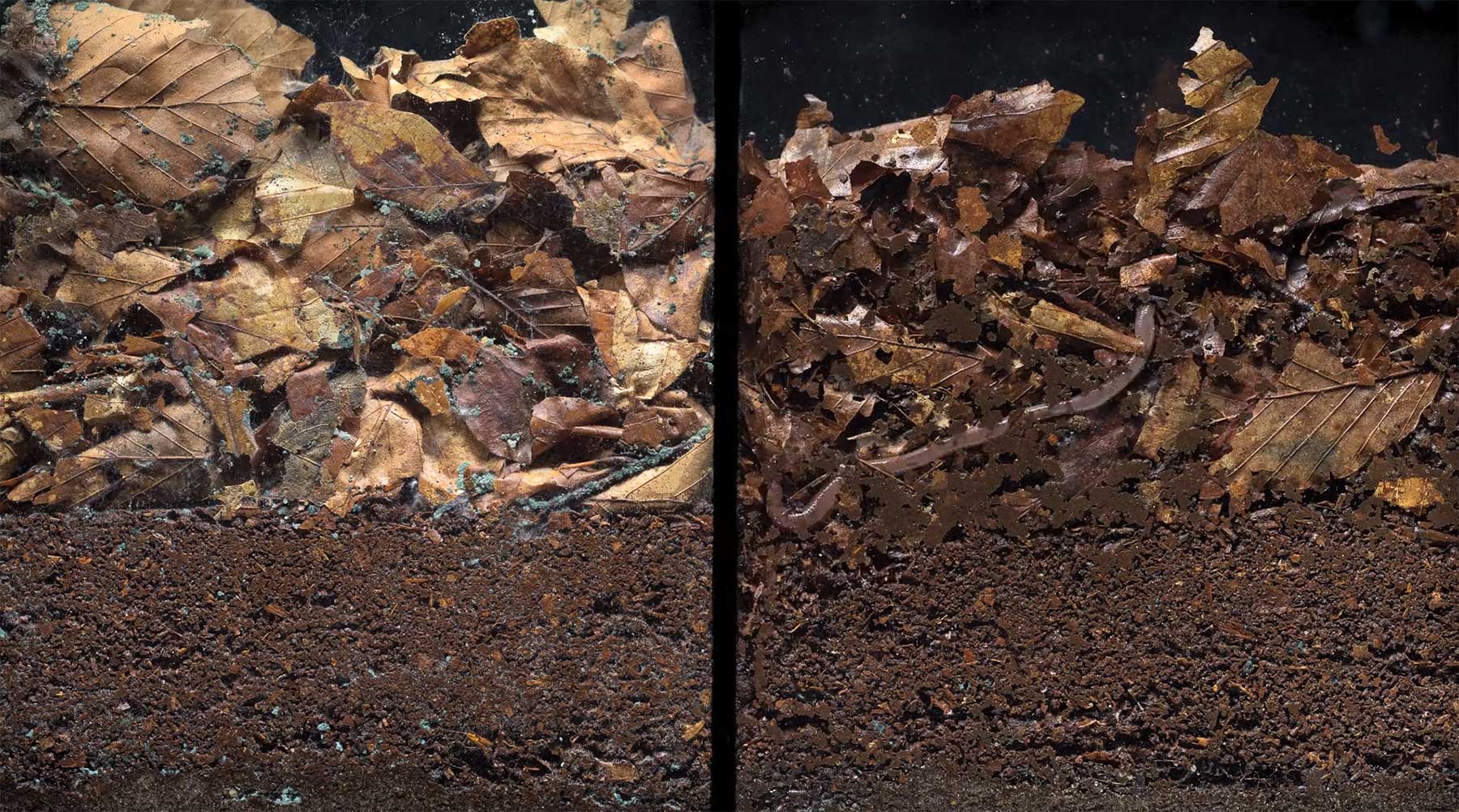
„Ih, da sind ja Würmer drin!“ hatte ich als kleiner Junge zu meinem Papa gesagt, als er mir zum ersten (oder siebten?!) Mal den Kompost im Garten gezeigt hat. „Die sind gut für die Erde, die lockern die auf und machen die besser“, hatte er mir geantwortet. Ob Kompost, herbstbefallener Waldboden oder einfach nur Erde – Bodenfauna ist wichtig im Zerlegen und Verarbeiten von Laub, Tier- und Essensresten und Aufwertung der Erde. Was für einen Unterschied das machen kann, zeigt dieses Gegenüberstellungsvideo von Wim van Egmond.
„Bioturbation is the mixing of (plant) residues into soils and sediments by biotic activity. It is one of the fundamental processes in ecology, as it stimulates decomposition, creates habitats for other (micro)fauna and increases gas- and water flow through the soil. Here you can see a system without (left) and with (right) soil fauna such as earthworms, potworms, collembola, mites and isopods over a 15 weeks period. During this period, whereas only small fungal activity can be seen on the left side, the layer of leaves on the right side is almost completely incorporated in the soil due to the interaction between microbes, microfauna and mesofauna.“
Hier sieht man auch noch, was die Tiere mit einem Komposthaufen über die Zeit anfangen.
„Two weeks in a typical vermicompost bin: two compost earthworm species (Eisenia fetida and Dendrobaena veneta) in a base of aged vermicompost with plenty of fresh organic kitchen waste (used coffee grounds, carrot and potato peels, celery and carrot leaves, egg shells, etc.) on top. Other fauna (mostly potworms, springtails and mites) arrived spontaneously in the compost bin through addition of garden waste.“


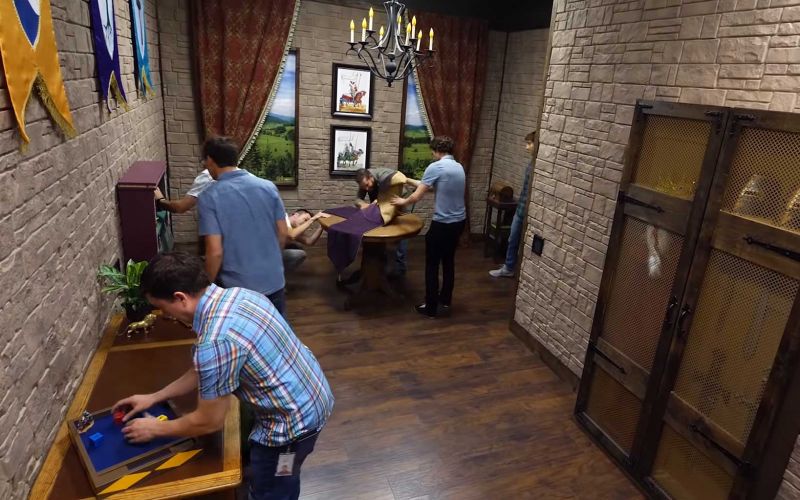










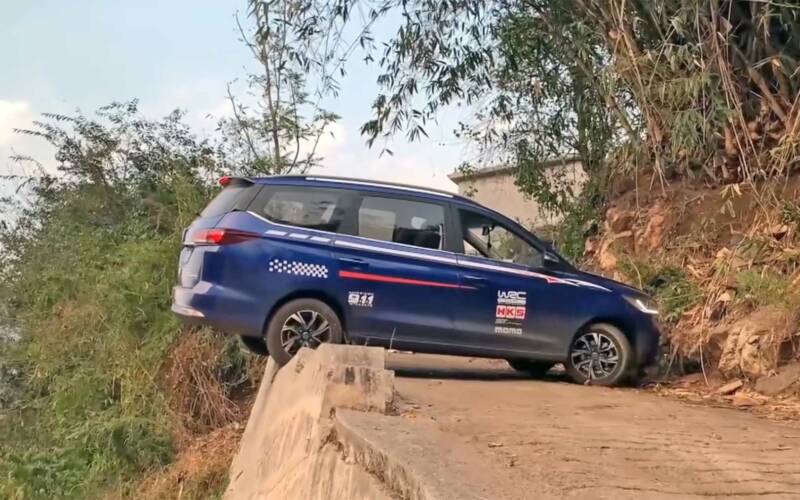

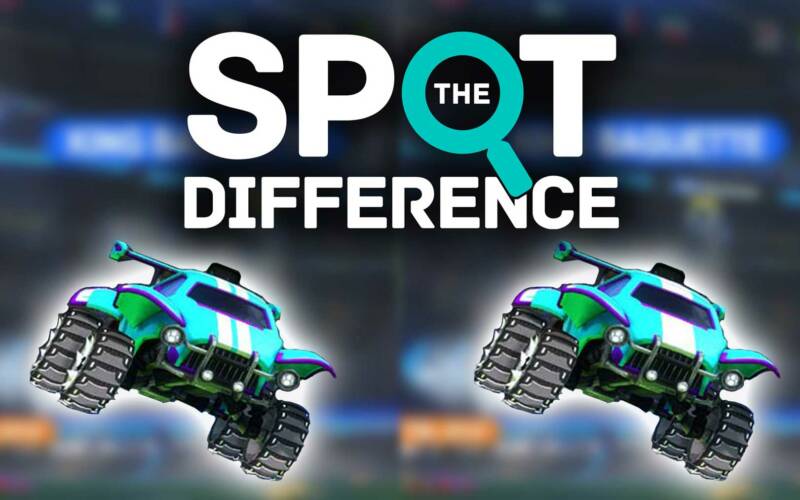

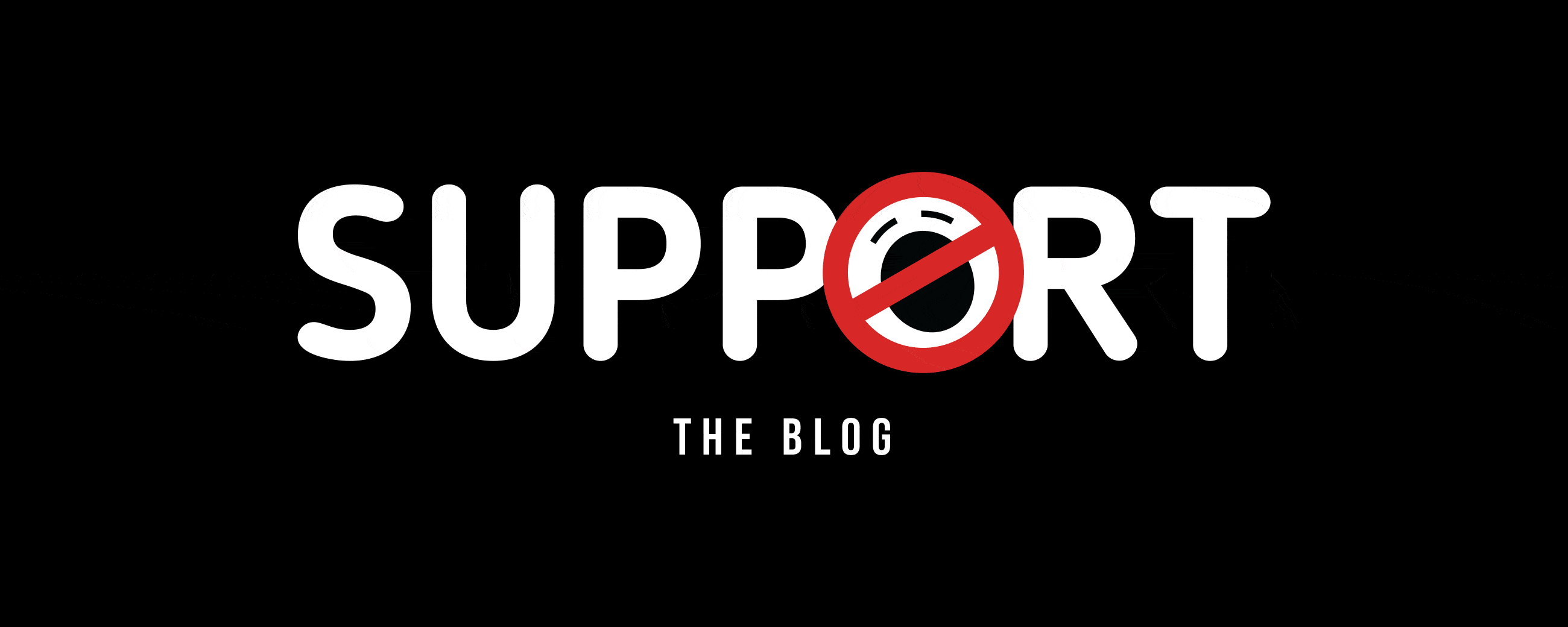



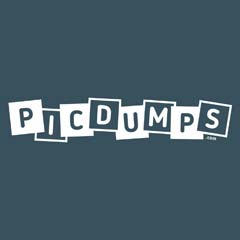


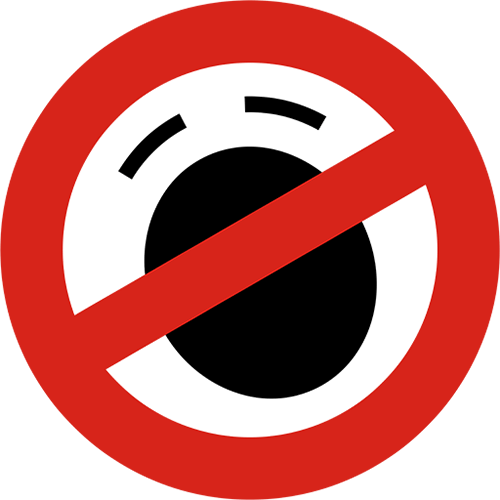
Noch keine Kommentare